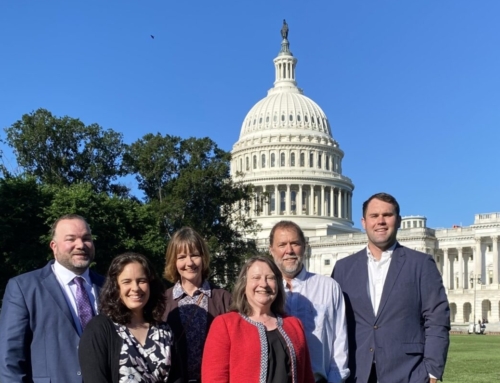Every drop counts. This mantra reverberated through each talk at the Sierra EcoSummit, recently held in Groveland. I went to the EcoSummit curious to hear how the “Westside” was coping with the drought, and to learn what innovative solutions are being proposed. With a lineup of speakers ranging from Dr. Lynn Ingram and Dr. Frances Malamud-Roam – both Earth Science professors at UC Berkeley – to Tom Hicks, a prominent water attorney, the EcoSummit brought together a broad spectrum of perspectives on California’s current water crisis.
First, we examined the historical records: could California’s water crisis be part of an ongoing pattern? Keynote speakers Dr. Lynn Ingram and Dr. Frances Malamud-Roam, co-authors of The West without Water: What Past Floods, Droughts, and Other Climatic Clues Tell Us About Tomorrow, presented scientific and historical evidence of California’s droughts & floods stretching back 3000 years. Examining sediment cores and pollen samples, they found that disastrous weather events actually happen with regularity. They warned that it was time to accept the patterns of the past and to plan for a future with less reliable sources of fresh water.

How do we help our community view our water resources as a part of our identity, rather than as “just water”? Our precious watersheds supply our drinking water, and should be seen as extensions of ourselves as human beings, we are nearly ‚Öî water after all!
Raising awareness about the scarcity of water needs to happen soon. How do we promote a culture of water conservation? Dr. Elizabeth Dougherty, director of the non-profit Wholly H20, suggested that a shift in thinking needs to happen, particularly with city-dwellers who might not see the effects of the drought firsthand. Dr. Dougherty suggested that simply knowing the name of each watershed could promote a more conscientious use of water. The “What’s on Tap” campaign encourages people to learn the name of their watershed and put stickers above the sink to remind them that every drop counts. How about a sticker that says: “On Tap: the Owens River”?
Switching into the Town Hall Discussion, conference attendees had many questions for Tom Hicks, a prominent California water attorney who ESLT has consulted in the past. Hicks tactfully interpreted the “legalese” of water rights, and tackled the question of “what determines reasonable and beneficial use?” He discussed finding the balance between our environmental values, the needs of the community, and business interests.
I had a lot to ponder as I drove back to the Eastside ‚Äãthrough the burned areas of last year’s Rim Fir‚Äãe. At the sight of the charred forest, my mind went right to Dr. Ingram’s mega-disasters. But I also saw signs of growth after the fire from mushrooms to tree sprouts and witnessed that the shared experience of working to recover from disaster seemed to bond the Yosemite community closer together.
I have recognized the same bonding over the drought‚Äã:‚Äã neighbors are talking more, even if it’s just over their woes. The conversation is taking place, and we all need to take part in it.‚Äã I’m hopeful that Californians will stick their heads together, muster up their resourcefulness, and build up a culture of water conservation – one drop at a time.






